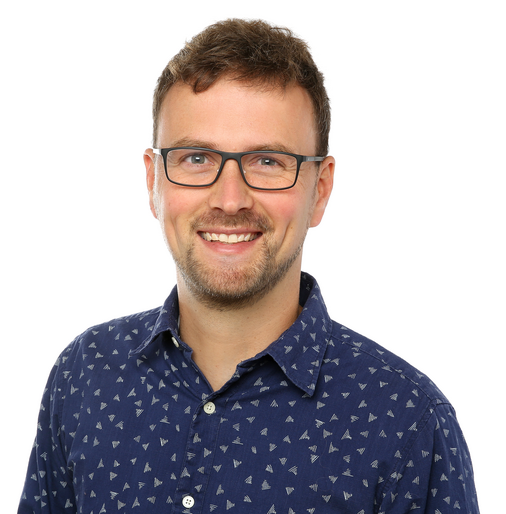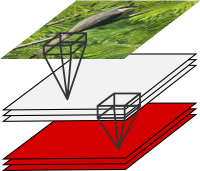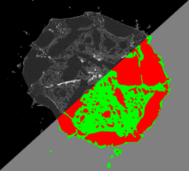
I am a professor for machine learning, data science, and industrial IoT at University of Applied Sciences Berlin. My research activities span areas such as learning with limited data, building robust visual recognition models for quality control and medical image analysis, as well as combining annotation and learning workflows.
Previously, I was leading the machine learning team at the corporate research department of the ZEISS Group develop machine learning solutions for a wide range of products. Furthermore, I have been a lecturer in the computer vision group at the Friedrich Schiller University of Jena (Germany) leading the machine learning research activities and I worked as a PostDoc in the computer vision group of Trevor Darrell at ICSI/EECS (UC Berkeley, California).







